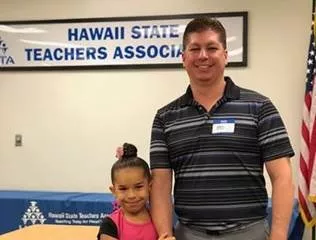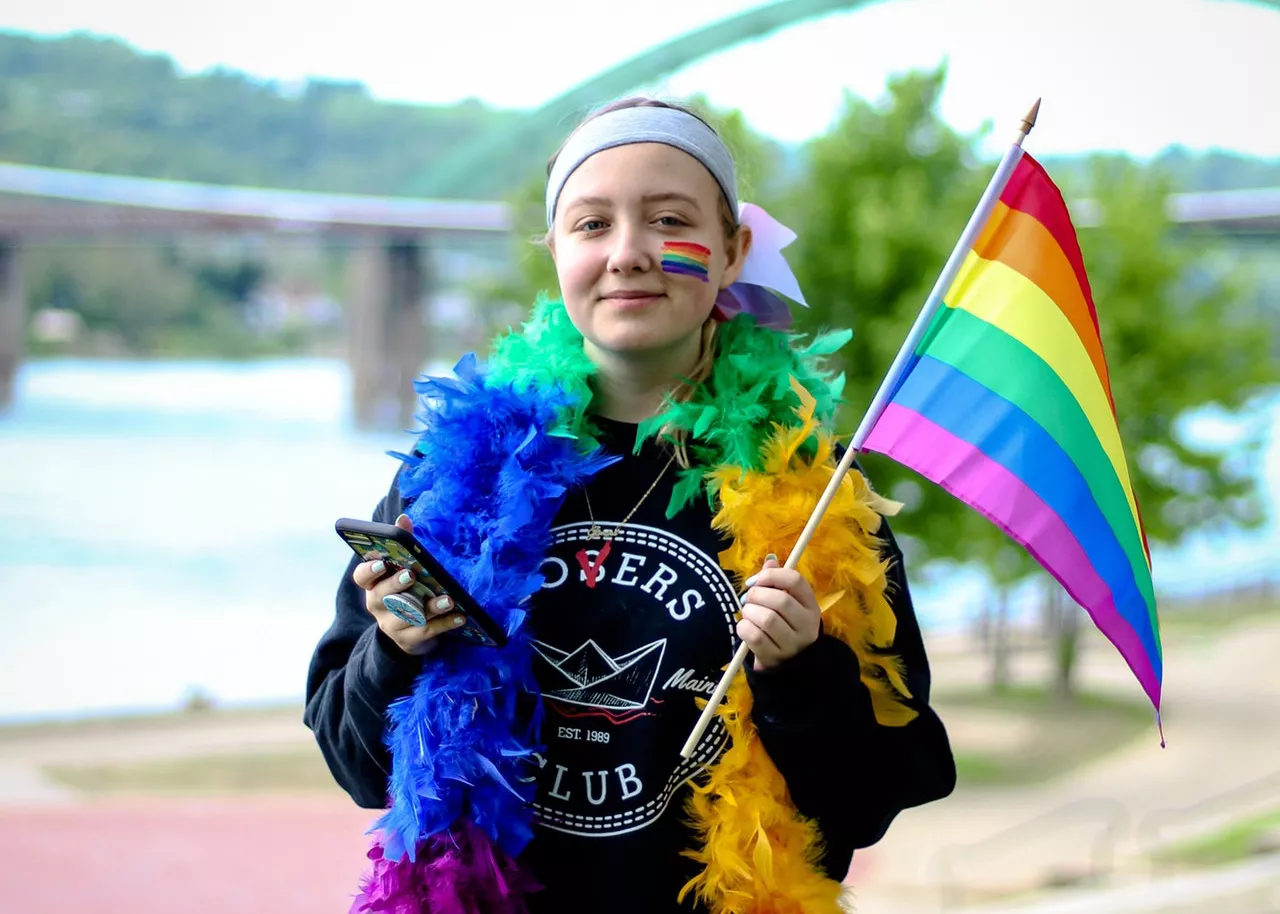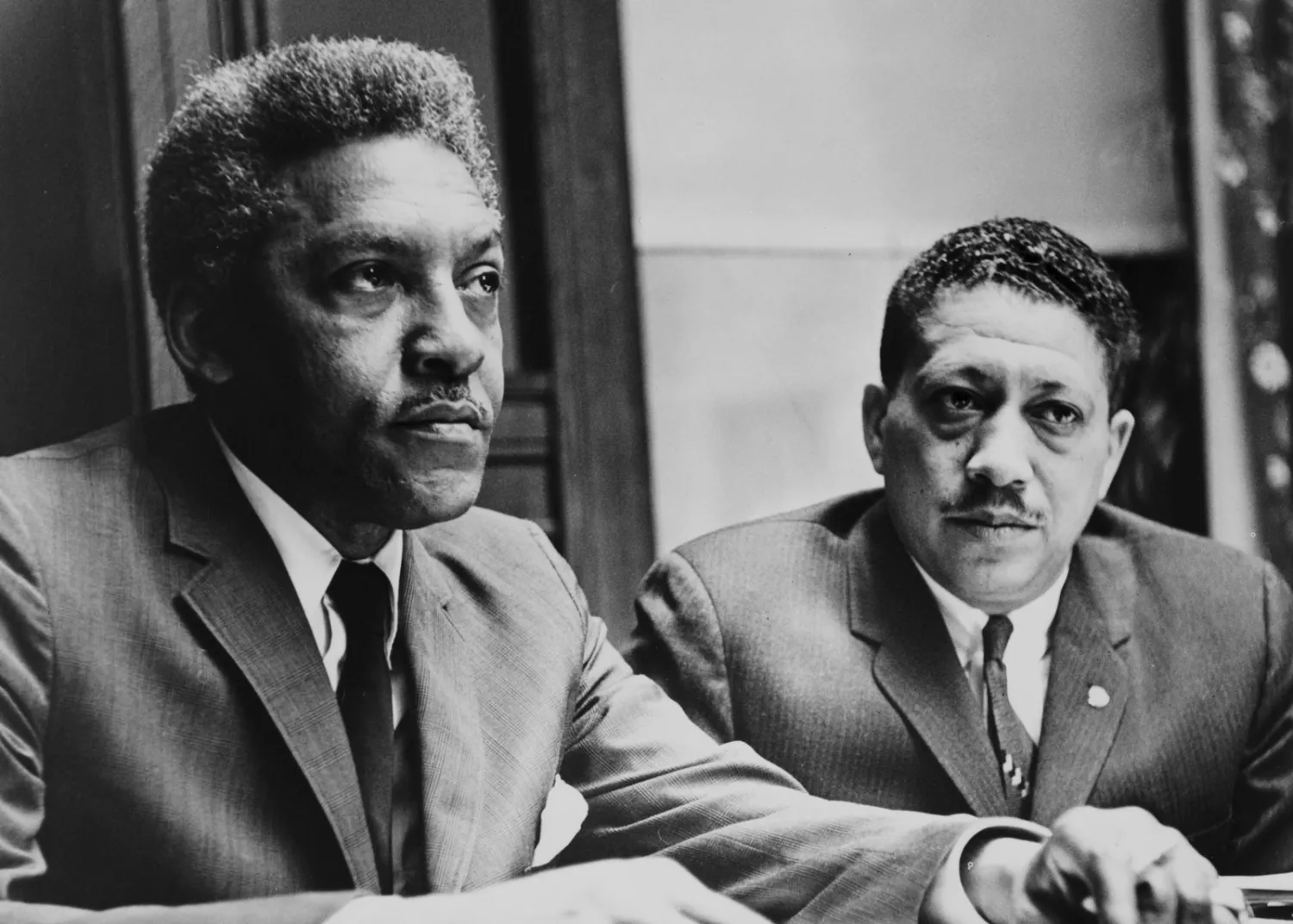Educators are on the leading edge of campaigns, initiatives and legislative efforts to create safe and affirming schools and support LGBTQ student rights. Below are summaries of some of the myriad ways educators are standing with LGBTQ students and working to ensure they feel supported and welcome in schools.
1. Fostering Safe and Affirming Schools for All Students
When students came to AP English teacher Lanie Gray for help starting a Gay-Straight Alliance (GSA) at Olathe North High School in Olathe, Kansas, she jumped at the opportunity. Her brother, an openly gay young man, endured merciless bullying and several brutal physical assaults while at Olathe North in the 1980s.
”We live in a conservative and religious community,” she says. “The challenge has been to convince people that standing up for LGBT students has nothing to do with sex and everything to do with making these students feel safe and supported because every student deserves that.”
Using resources from NEA partner GLSEN, she served as an advisor and worked with students to set up a GSA. “I knew that creating a safe place for LGBT students was a cause I could fight for. I was all in,” says Lanie.

In Virginia, NEA President Lily Eskelsen Garcia recently participated in a celebration of transgender students during a kindergarten class taught by NEA educator Jaim Foster in Arlington, Virginia. She joined Sarah McBride, a spokeswoman for the Human Rights Campaign, in reading a children’s picture book about a transgender girl.
“We have seen a complete, literal rollback of the protections for students, especially transgender students,” Eskelsen García told the Washington Post in March 2019. “The Trump administration has been openly hostile, whether or not you’re a transgender soldier or a transgender little boy or little girl. It is more important than ever before that we speak out.”
2. Helping to Shape LGBTQ-inclusive Curriculum and Textbooks
With the passage of the California FAIR Education Act in 2011, educators laid the groundwork for an LGBTQ-inclusive curriculum in the state. In the summer of 2017, NEA members who advocated for the passage of FAIR were among a select group of committee members who reviewed and decided whether publishers made the grade for LGBTQ-inclusive content in their textbooks.
“We fought so hard for the FAIR Education Act, but when we won no one really knew how to implement it,” says C. Scott Miller, California Teachers Association member and liaison to the Equality California Board. “That is why it was so important to me to be a part of the team reviewing the textbooks that will help guide an inclusive curriculum.”
California was the first state to mandate that students be taught about the contributions of LGBTQ people in social science classes. Educators in the state are now playing a vital role in driving the creation of LGBTQ-inclusive curriculum for K-12 classes in California — and potentially around the country.
In Arizona, educators mobilized in support of the repeal of a 28-year-old law that prohibited discussing homosexuality during HIV/AIDS instruction in public schools.
“I found sex-education to be heterosexual sex education, and even then, it was vague,” educator Gabriella Siciliano told AZEdNews.com of her experience in Arizona public schools. Sciliano is a member of the local LGBTQ community and a teacher at Verrado High School. “It was not a comfortable, or open discussion, as I believe it should be. By under-educating our students, we are setting them up for failure, which is simply a disservice.”
The Arizona state Senate passed a bill repealing the law in May 2019.
“Schools should be a welcoming and safe environment for our students,” says Arizona Education Association President Joe Thomas. “This law stigmatized and harmed both our LGBTQ students and staff. Arizona educators are glad to see this discriminatory law repealed.”
3. Training Other Educators to Raise their Voices for LGBTQ Students
NEA educator Bo Frank says he wants the world to be a more loving and accepting place for all students. Frank is a trainer and teacher at Radford High School in Honolulu, Hawaii.

His training, Sharing Aloha: Equity, Social Justice and Inclusion for LGBTQIA Students, has been viewed by thousands of educators across the nation. In the training, he shares his own family’s journey with his daughter Sakoda, who made the transition from living as a boy to being a girl halfway through kindergarten.
“I hope that my presentation starts the conversations that are needed to create change at the school level,” says Frank. “Faculty and staff at all schools need in-service training and exposure to the basic needs of marginalized populations in our schools. Every student deserves an equal opportunity, to feel safe and accepted in school, and to reach their maximum potential.”
4. Backing Legislation That Supports LGBTQ Students’ Rights
In New Mexico, Washington, and Virginia, educators mobilized this spring in support of state legislation and court cases that would affirm the rights of transgender students.
In March 2019, the New Mexico Senate passed the “Safe Schools for All Students Act,” a comprehensive anti-bullying law that is inclusive of sexual orientation and gender identity.

“All students deserve to feel safe at school, and today the New Mexico state legislature took a tremendous step forward in ensuring that all students — regardless of sexual orientation and gender identity — are protected from bullying and harassment,” said Havens Levitt, Chair of GLSEN Albuquerque, in a statement issued at the time.
Washington already has comprehensive anti-bullying protections in place. In April 2019, the state senate passed a bill that would help ensure that every school district in in the state has the resources to handle harassment, bullying, and discrimination appropriately against transgender students.
In Northern Virginia, four school districts declared their support in March 2019 for transgender students’ rights by filing an amicus (or friend-of-the-court) brief in a case involving a transgender teen who sued his school district after he was barred from using the boys’ restroom.
The four districts argued in court papers that they believe they “must embrace the thousands of students in Virginia public schools who . . . identify as transgender.”
The case went all the way up to the U.S. Supreme Court, but was returned to a lower court after the Trump administration abandoned an Obama-era rule regarding transgender students. The case, which is seen as a landmark case in the fight for transgender student rights, is set for a July 2019 trial in the U.S. District Court for the Eastern District of Virginia.
5. Supporting School Naming Initiatives That Honor Legacies of LGBTQ Activists & Leaders
In April 2018, the Montgomery County Board of Education in Maryland voted to make Bayard Rustin Elementary School the first school in the state to be named after an openly gay person. The new school in Rockville, Md., opened in September 2018.
Rustin was a gay African-American activist who worked alongside Martin Luther King Jr. and a leading organizer of the 1963 March on Washington for Jobs and Freedom.

The decision followed a months-long campaign by parents, students, educators and community activists who said the new school name would both honor a courageous African-American activist who embraced his gay identity and underscore the district’s commitment to inclusion and tolerance.
“For young people to be able to see themselves, and who they are, and see that reflected in their schools and their teachers, that’s important,” said Samir Paul, a computer science teacher at Montgomery Blair High School in Silver Spring, Md.
Suggested Further Reading
-
Gay-Straight Alliances create safer, more affirming schools for all students
NEA EdJustice
-
In a Virginia school, a celebration of transgender students in a kindergarten class
Washington Post
-
Educators shape first LGBTQ inclusive textbooks in the country
NEA EdJustice
-
AEA Applauds Repeal of Anti-LGBTQ Curriculum Law
Arizona Education Association
-
Silence is never neutral, Hawaii teacher trains educators to raise their voice for LGBTQIA students
NEA EdJustice
-
Maryland Names New School After Gay African-American Civil Rights Activist
NEA EdJustice

